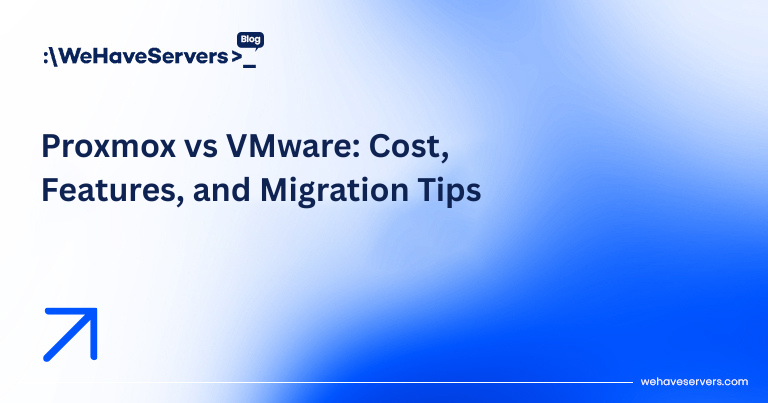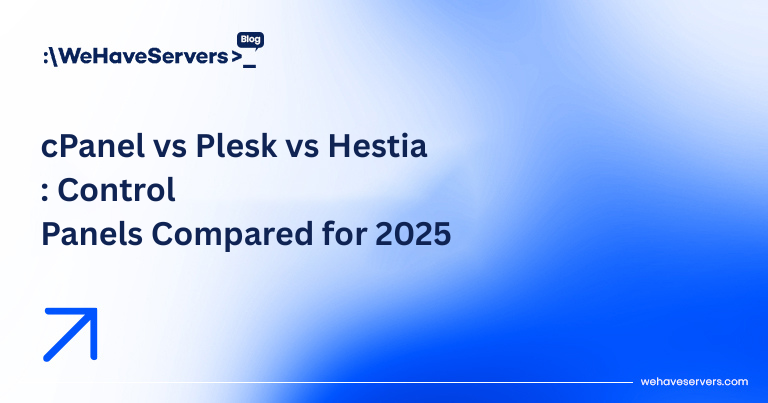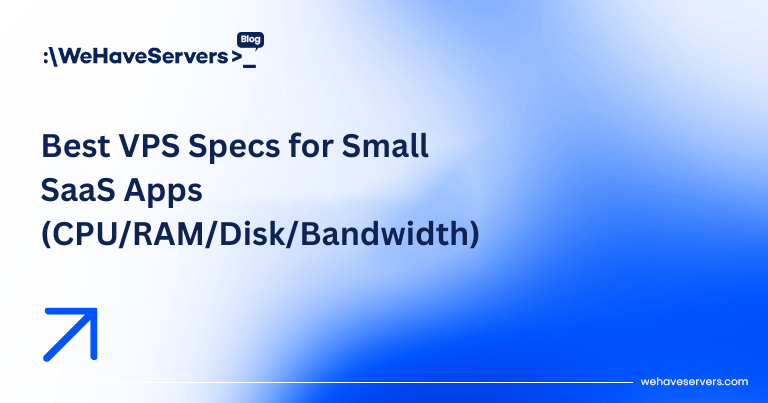
What Is Colocation? Benefits vs Cloud & Dedicated Explained
What Is Colocation? Benefits vs Cloud & Dedicated Explained
As companies scale in 2025, the choice of where and how to host infrastructure has never been more complex. Cloud platforms dominate headlines, dedicated servers remain popular for predictable workloads, but colocation hosting is the often-overlooked option that blends control, performance, and cost efficiency.
Colocation means placing your own servers inside a professional data center while leveraging the provider’s power, cooling, network, and physical security. It’s a middle ground: you own and control the hardware, but don’t have to build and maintain your own data center. In this article, we’ll explore how colocation works, its benefits, drawbacks, costs, and how it stacks up against cloud and dedicated hosting.
🔹 How Colocation Hosting Works
With colocation, businesses purchase or lease their own hardware — typically rack-mounted servers, storage systems, and networking gear — and place them in a colocation provider’s facility. The provider supplies:
- Rack space (per “U” unit, half-rack, or full rack).
- Power feeds (measured in kW, often dual A+B feeds for redundancy).
- Cooling (maintaining ASHRAE-standard temperatures/humidity).
- Connectivity (blended bandwidth, BGP peering, cross-connects).
- Physical security (biometric access, cameras, guards, cages).
You keep full control of your servers, but the facility ensures uptime and redundancy.
🔹 Key Benefits of Colocation
1. Full Hardware Control
Unlike cloud or rented dedicated servers, you choose exactly which hardware to deploy. This is critical for workloads like:
- High-density GPU servers for AI/ML training.
- NVMe storage arrays for low-latency databases.
- Legacy hardware or proprietary appliances that cloud cannot provide.
2. Cost Predictability
Cloud bills often fluctuate with usage. Colocation costs are flat monthly fees for rack space, power, and bandwidth. You own the servers, so there are no per-VM or per-transaction charges.
3. Performance
Colocated servers run on bare metal, with no virtualization overhead (unless you choose to). Latency-sensitive apps — trading, gaming, VoIP — benefit greatly.
4. Reliability
Tier III/IV colocation facilities provide redundant power, UPS, diesel generators, and multiple carriers — levels of resilience most companies cannot afford to build alone.
5. Compliance
For industries like finance and healthcare, colocation provides the physical control needed for GDPR, HIPAA, PCI DSS compliance, while still leveraging professional infrastructure.
🔹 Drawbacks of Colocation
- CapEx Investment: You must purchase your own hardware upfront.
- Hands-On Work: Upgrades, replacements, or troubleshooting require remote hands or physical visits.
- Scaling Slower than Cloud: Adding new capacity means ordering and shipping servers, not clicking a button.
However, for steady workloads, colocation often pays off after 12–24 months compared to cloud rental fees.
🔹 Colocation vs Dedicated vs Cloud
| Factor | Colocation | Dedicated | Cloud |
|---|---|---|---|
| Hardware Control | Full (you own servers) | Partial (provider-owned) | None |
| Scalability | Medium (ship servers) | Medium | High (instant) |
| Performance | High (bare metal) | High | Variable (virtualized) |
| Cost Predictability | High (flat fees) | High | Low (usage-based) |
| CapEx vs OpEx | CapEx heavy | OpEx | OpEx |
| Compliance Control | Excellent | Good | Limited |
🔹 Colocation Pricing in 2025
Costs depend on location, rack space, and power density:
- Per “U” pricing: €30–€60 per U/month in Eastern Europe.
- Quarter Rack (10U): €400–€700/month.
- Half Rack (20U): €700–€1200/month.
- Full Rack (42U): €1500–€2500/month (5–10 kW included).
- Bandwidth: €2–€5 per Mbps on commit, cheaper with 95th percentile billing.
Romania/EU remains highly cost-competitive, offering lower power costs and excellent connectivity to Frankfurt, AMS, and London.
🔹 Real-World Use Cases
1. SaaS Startup Scaling Beyond Cloud
- Cloud bills reached €15k/month.
- Shifted to colocation with owned servers: €6k/month after CapEx.
- Better performance + predictable billing.
2. AI/ML Company
- Needed RTX 4090 GPU servers.
- Cloud GPU hourly rates unaffordable.
- Colocation with owned GPU rigs reduced costs by 70% annually.
3. Financial Institution
- Regulatory requirement for physical control of hardware.
- Colocation provided secure racks in Bucharest + DR site in Frankfurt.
🔹 Remote Hands & Support
One downside of colocation is that you don’t have staff onsite 24/7. This is where remote hands services matter. Providers offer technicians who can:
- Replace drives, swap RAM, reseat cables.
- Rack/unrack new servers.
- Perform visual inspections.
Costs range €50–€150/hour depending on provider.
✅ Conclusion
Colocation is the right choice if you need hardware control, compliance, and predictable long-term costs. Cloud is unbeatable for fast scaling and elasticity. Dedicated servers are great for OpEx-friendly single-node deployments. But when workloads are steady, performance-critical, and regulatory-bound, colocation shines as the sweet spot in 2025.
At WeHaveServers.com, we operate Tier III data centers in Romania/EU with colocation options from 1U to private cages, complete with redundant power, BGP multihoming, and 24/7 remote hands support.
❓ FAQ
Is colocation cheaper than cloud?
Yes, for steady workloads. Over 12–24 months, CapEx amortization + flat monthly fees are often far lower than cloud bills.
Can I colocate a single server?
Yes. Many providers offer per-U colocation for single systems, ideal for small businesses.
Do I need to supply my own hardware?
Yes. Unlike dedicated servers, colocation requires you to purchase and maintain your hardware.
What about bandwidth?
Providers typically offer blended bandwidth (multiple carriers) with 95th percentile billing or fixed commits.
How secure is colocation?
Tier III+ facilities provide biometric access, cameras, guards, and private cages. Often more secure than in-house server rooms.



